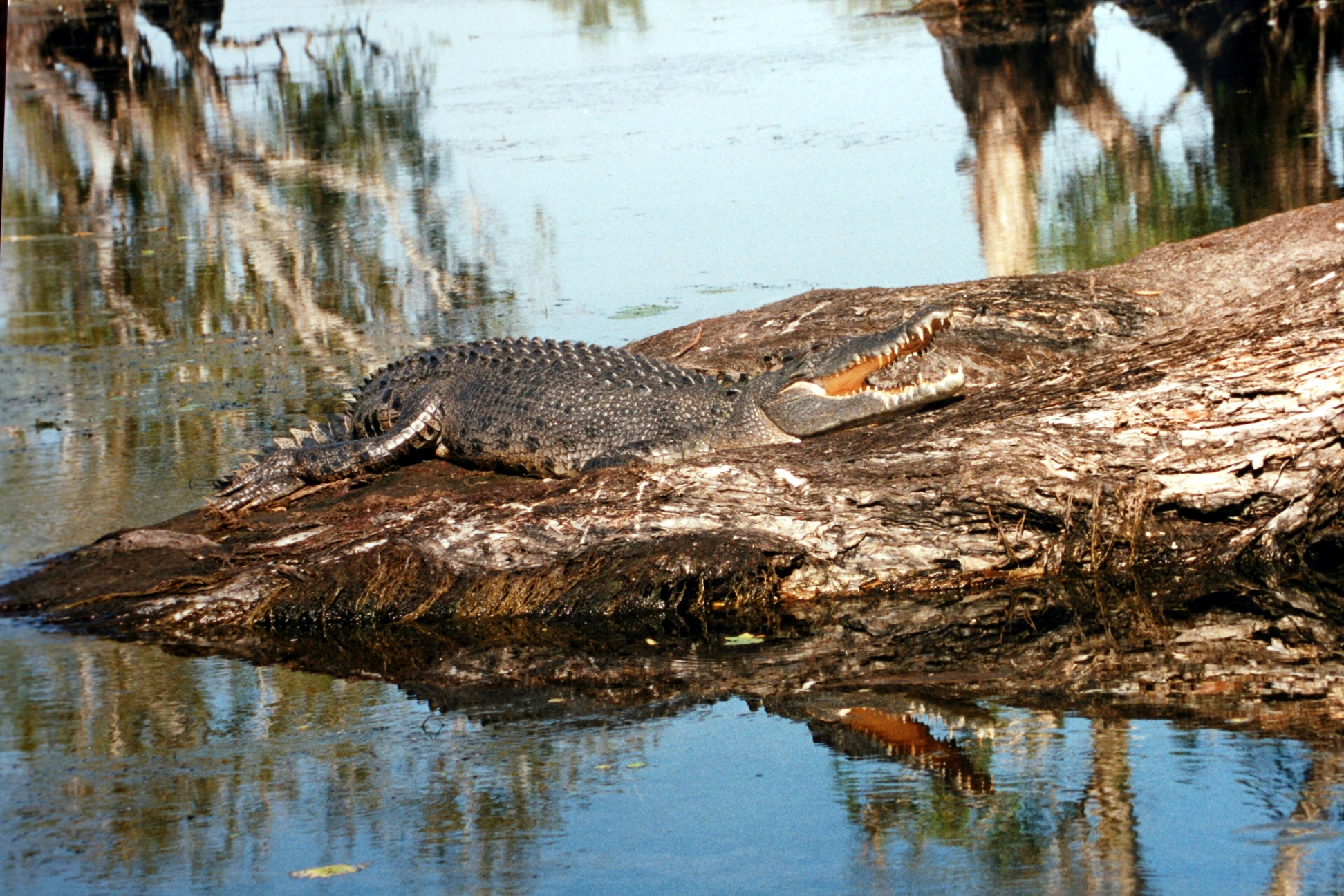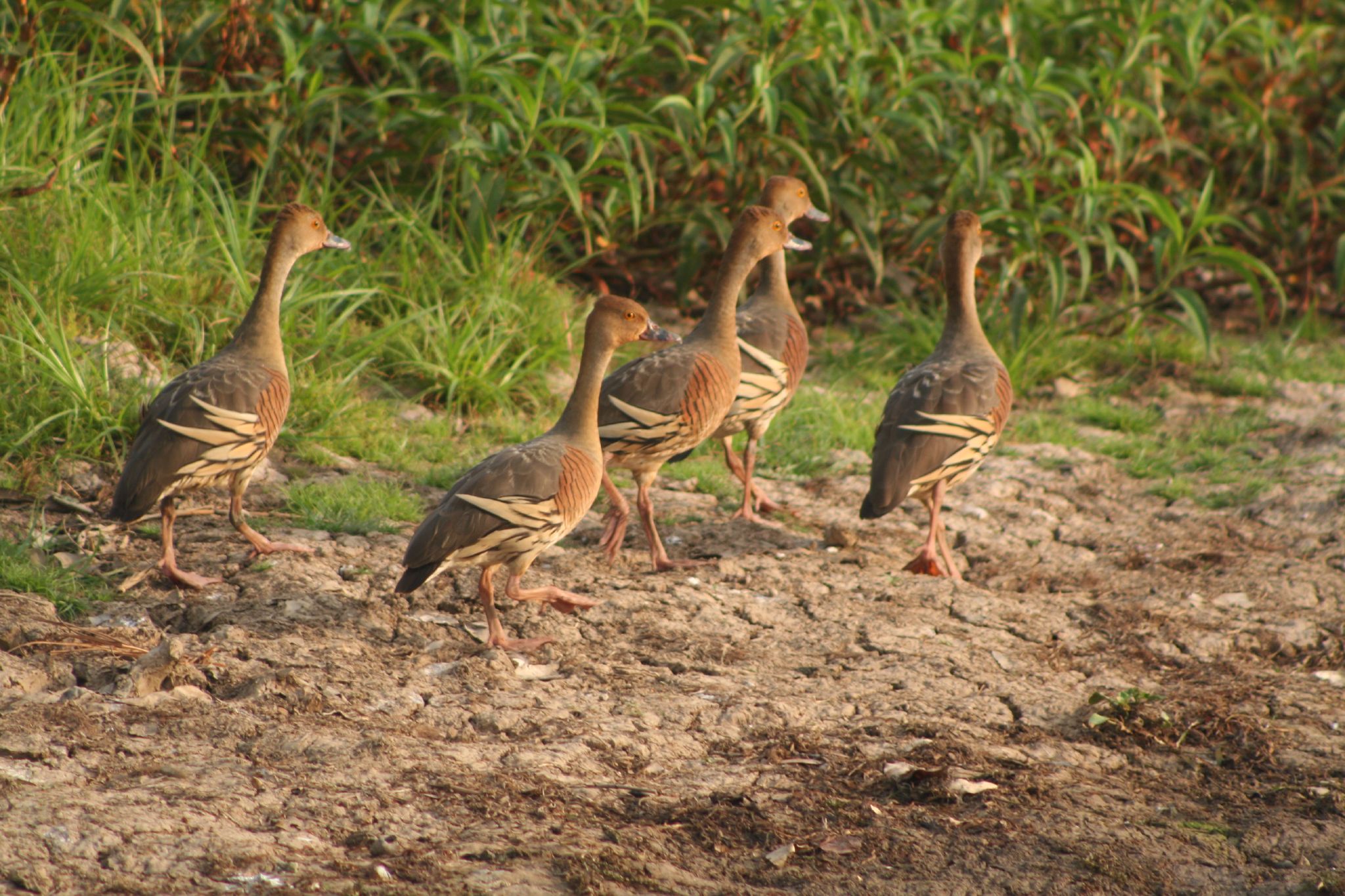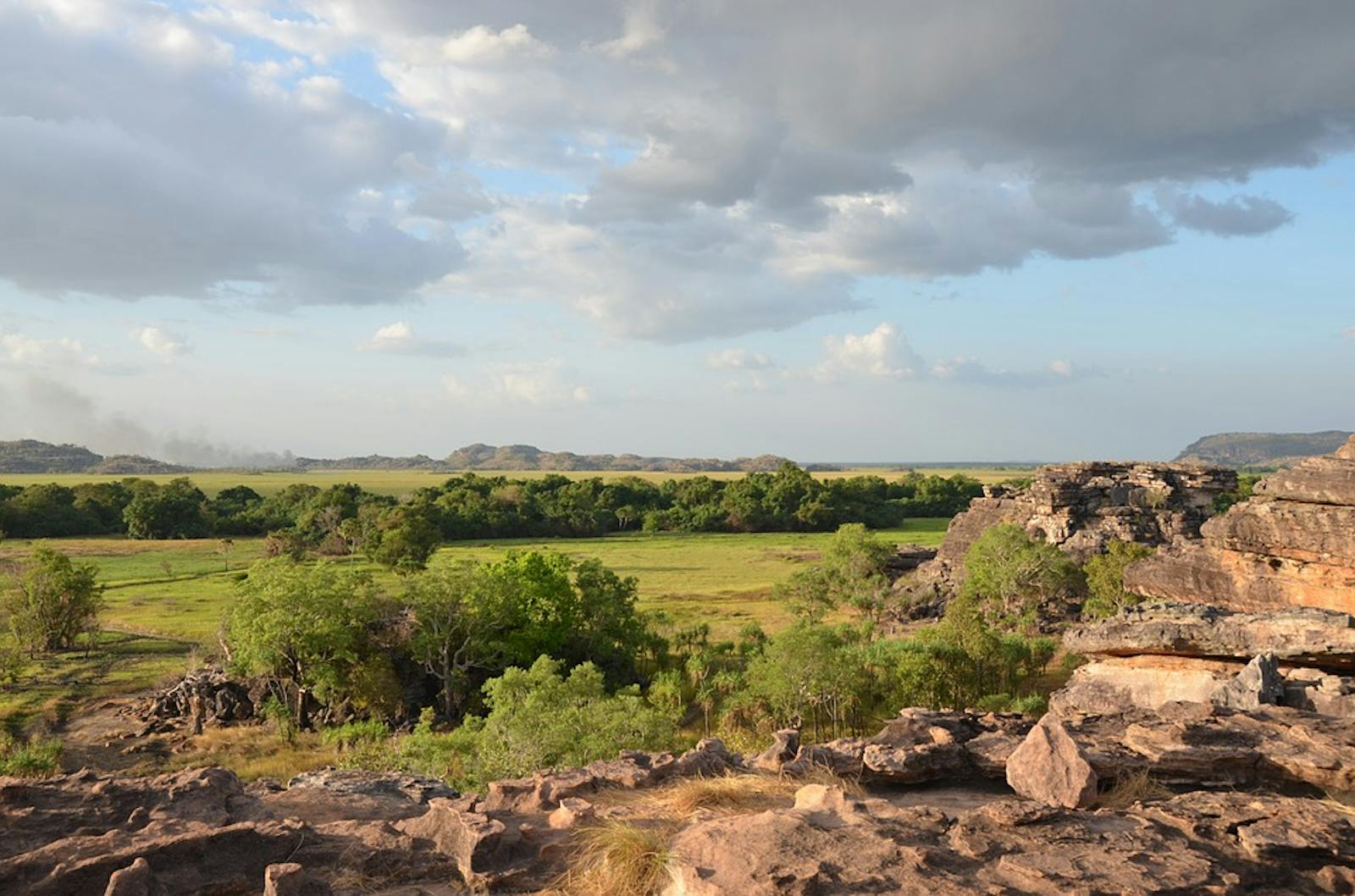Arnhem Land Tropical Savanna
The ecoregion’s land area is provided in units of 1,000 hectares. The conservation target is the Global Safety Net (GSN1) area for the given ecoregion. The protection level indicates the percentage of the GSN goal that is currently protected on a scale of 0-10. N/A means data is not available at this time.
Bioregion: North Australian Tropical Savannas (AU8)
Realm: Australasia
Ecoregion Size (1000 ha):
15,905
Ecoregion ID:
181
Conservation Target:
82%
Protection Level:
5
States: Australia
Arnhem Land is defined by a rugged sandstone massif surrounded by vast floodplains. Arnhem Land and the Cape York Peninsula to the east have a similar monsoonal climate and share many ecological features and groups of plants and animals. Arnhem Land is notable for its vast relatively natural landscapes, mosaics of floodplains, woodlands, wetlands, sedgelands, mangroves, and pockets of vine-filled monsoonal rainforest. The long isolation of this relatively wet ecoregion, separated from distant wetter ecoregions by Australia’s vast deserts, has contributed to the evolution of a large number of endemic species, particularly in the sandstone highlands that support at least 160 endemic plants, such as Eucalyptus koolpinensis.

The flagship species of the Arnhem Land Tropical Savanna ecoregion is the kakadu dunnart. Image credit: Alan Couch, Creative Commons
Over 1,900 plant taxa have been recorded in the ecoregion with at least 200 found nowhere else. Darwin stringybark (Eucalyptus tetrodonta) and Darwin woollybutt (E. miniata) dominate eucalypt open forests across the region, with a tall grass understory made up of Sorghum spp. Over 10,000 rainforest patches as well as patches of monsoon vine-thicket occur, along with floodplain sedgelands and grasslands, mangrove forests and swamp forests with mainly Melaleuca spp. Heathlands on sandstone escarpments support a high proportion of fire-sensitive shrubs. Here, 50 vascular plants are endemic. The monsoon rainforest patches support a high level of endemism, with 36 species of endemic plants recorded from a total flora of 585 species. The palm (Ptychosperma macarthurii) is one of the endangered plant species of the ecoregion. The native Allosyncarpia ternata (Myrtaceae) is a dominant tree in the rainforests.

Saltwater crocodile. Image credit: Broken Inaglory, Creative Commons
In the Kakadu National Park, one quarter of extant Australian land mammals are reported. The Arnhem Land rock-rat (Zyzomys maini) and the black wallaroo (Macropus bernardus) are native mammals to the region’s sandstone massif. The Kakadu dunnart (Sminthopsis bindi), Kakadu pebble-mound mouse (Pseudomys calabyi) and the burrowing snake Simoselaps morrisi were recently discovered. High densities of freshwater turtle species, freshwater crocodile (Crocodylus johnstoni), saltwater crocodile (C. porosus), and the Arafura file snake (Acrochordus arafurae) occur. Reptiles, such as Oenpelli python (Morelia oenpelliensis), two fish (Midgley’s grunter and Barraway’s gudgeon), two frogs (Uperoleia arenicola and Litoria personata), and birds like the black-banded fruit-dove (Ptilonopus alligator), chestnut-quilled rock-pigeon (Petrophassa rufipennis), and white-throated grass-wren (Amytornis woodwardi), are endemic to the ecoregion. Internationally significant wetlands support the largest breeding sites of the threatened magpie geese (Anseranas semipalmata) in the world. It harbors a rich ant fauna, with over 100 species living in sites of only 500 m2, among the richest single-site diversity in the world.

Plumed whistling ducks. Image credit: Stephen Barnett, Creative Commons
This ecoregion has extensive protected areas covering over 40% of its area. Most of this region is managed by the Aboriginal Land Trusts. Conservation areas include one of Australia’s most iconic national parks and World Heritage site, Kakadu National Park (20,000 km2), Nitmiluk National Park, and Litchfield National Park. Wetlands in these national parks and the Katherine River Gorge are listed as nationally significant. Altered fire regimes and feral animals, including water buffalo and pigs, and invasive weeds (for example, Mimosa pigra, gamba grass [Andropogon gayanus]) constitute significant threats. The change in fire regimes led to the decrease of fire-sensitive plants species that were common in the ecoregion.
The key conservation actions in the next decade are to: 1) strengthen fire management with traditional landowners in and around Kakadu National Park; 2) expand feral cat and cane toad control programs in key conservation areas; and 3) increase community-based rangers’ capacity in managing invasive animals and weeds.
Citations
- Russell-Smith, J, DE Lucas, J Brock, DMJS Bowman. 1993. Allosyncarpia-dominated rain forest in monsoonal northern Australia. Journal of Vegetation Science 4: 67-82.
- Woinarski, JCZ. 2001. Arnhem Land tropical savanna ecoregion descriptions. WWF-US, Washington DC.
- Russell-Smith, J, DE Lucas, J Brock, DMJS Bowman. 1993. , G Leach, J Russell-Smith,. 2006. Distributional patterns of plant species endemic to the Northern Territory, Australia. Australian Journal of Botany 54, 627-640.1




